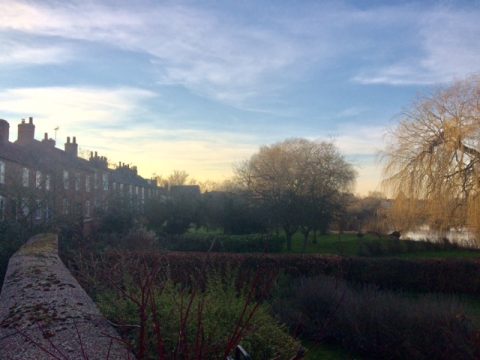Hedgehogs are protected in British law under schedule 6 of the Wildlife Countryside Act 1981, making it illegal to kill or capture them using certain methods. Protected in Britain under the Wild Mammals Protection Act 1996 prohibiting cruelty and mistreatment.
They are listed on the “Red List” meaning they are vulnerable to extinction.
These laws make hedgehogs a material consideration for Local Planning Authorities.
https://www.selby.gov.uk/sites/default/files/Documents/Planning_application_consultation.pdf
Extension Rules
There are a number of specific rules which you need to follow if you want to make sure that you are building an extension right, and that you are not going to encounter any issues for doing so. In particular, you may not be able to have any balconies, platforms or raised verandas, and the extension cannot be taller than the existing building.
Finally, the extension should not take up more than half of whatever garden or outdoor space there is in the home, and a single storey extension can’t be more than four metres high, or three metres high if the extension is within two metres of the property’s boundary.
No front extension is allowed under normal rules, so if you are planning that then you will need to seek specific planning permission – which is not necessarily likely to be granted, but it all depends on the situation at hand.
There are also some specific rules for side extensions. For instance, it cannot front onto the road at all, it can only be single storey, and it must be a maximum of three metres out from the original house. It also can’t be more than half the width of the original house.
If you are planning a single-storey rear extension – which is the most common type there is – then you will need to follow the same rules. However, there is also a relaxed rule surrounding this, which means that you can extend up to eight metres for a detached house or six metres for any other type of property. However, for these larger extensions you will have to give notification of their existence to the local area, and if you get any objections you might be blocked from building the extension in question.
If you are planning a double-storey rear extension, the rules are tighter, for obvious reasons. These can extend only three metres from the original house, and can’t be closer than seven metres to the property’s rear boundary. The roof must also match the existing house as closely as possible, and any upper floor, side facing windows have to be obscure glazed, with any opening being 1.7 metres above the floor.
Something else that will be taken into consideration here is whether or not the house in question has had any previous extensions. If you or anyone else who has lived in the property has extended the house at all since 1948, then you will find that the allowance for building extensions has been used up, meaning that you won’t be allowed to do so again. This can be surprising if you were not even aware that your previous owners had done so, which is a common situation that many people find themselves in. (PC not responsible for the content of this advice)
https://www.planningportal.co.uk/info/200130/common_projects/17/extensions
https://www.homebuilding.co.uk/advice/visibility-splays
How_To_Respond_To_Planning_Applications (1)
Why is the planning system important?
England’s planning system shapes new development all over the
country, making sure it’s positive for people, the economy and
the environment.
The system exists to ensure that development is in the public
interest, weighing up its economic, environmental and social
benefits and drawbacks. It plays a key role in making sure
the places where we live and work are attractive, vibrant and
well designed.
The planning system can make sure that development supports
regeneration which meets the needs of local communities. It can
support the development of affordable housing. It can make sure
that new development in historic areas takes into account its
surroundings. And it can prevent development where it would
cause unacceptable environmental damage.
Most significant development in England
needs planning permission from a local
planning authority to go ahead. The first
stage of this usually involves the person
or organisation that wants to carry out
the development submitting a planning
application. Around 500,000 planning
applications are submitted every year.
The planning system aims to ensure that
all views on new development are taken
into account. Members of the public
are entitled to see and comment on all
planning applications. This is your chance
to press for planning decisions that are
positive for your local community. 
